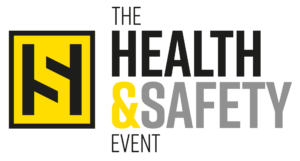HAVSPRO Aftercare Service
Whether you’re new to vibration measuring and monitoring, or you’re switching to a complete HAVS Risk Management system, the HAVSPRO Aftercare Service is here to ensure you get a wrap-around experience.
#MakeHAVSHistory
Our belief is that, by working together, we can #MakeHAVSHistory.
This is why we provide such a robust and complete aftercare service for our customers, regardless of how many operatives or tools you may have – no one should suffer from the effects of vibration exposure.
The HAVSPRO Aftercare Service includes;
- A complete installation, set up and training programme from our install team at your premises
- Vibration Expertise available when you need them to support your vibration risk management
- Proactive contact from the HAVSPRO team when risk is exposed
- Complete hardware and software support as and when you need it
- Regular visits from our system support team
- Ongoing software updates rolled out without disruption
- Battery changes proactively managed for you, to suit you*
- Adaptations and developments available as your business develops
We are here to help you get every benefit the system provides to ensure both your staff and your business is protected from the risk posed by vibration exposure.
*Applicable to 3 year subscription term only
Aftercare Service in Action
The HAVSPRO Aftercare Service Team have built up a rapport with us as a result of the partnership they have established. They understand our business, and our objectives in managing the risk of vibration exposure.
Understanding the Data
Our Aftercare Service Team can help you to decipher vibration data and get the most out of the data within the HAVSPRO system.
We keep an eye on your data and when we see spikes in exposure or unusual readings that could indicate an issue, we will proactively contact you to discuss.
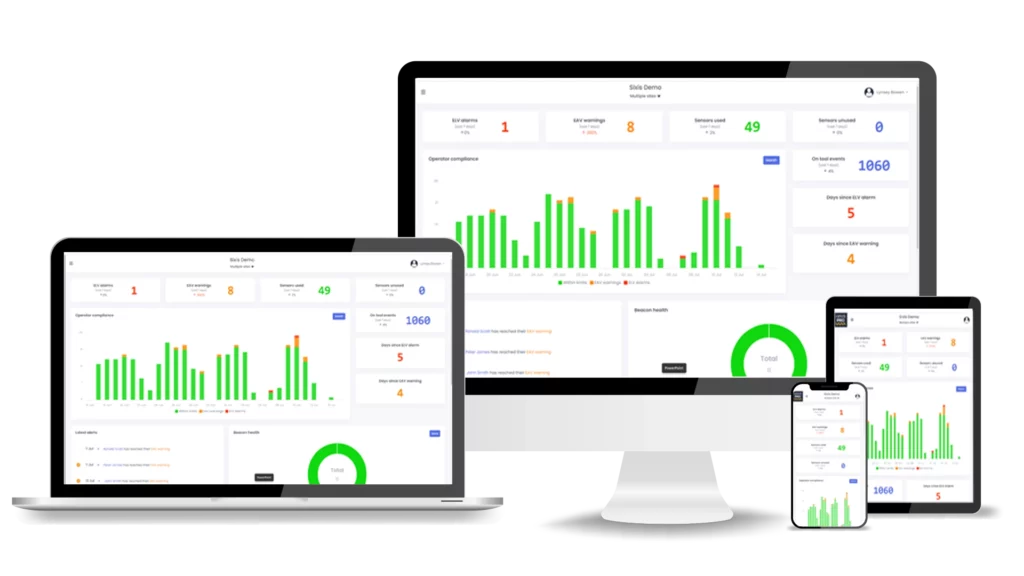
It could be that there is an issue with user training, tool consumables, or one of any number of variables that can affect vibration magnitude.
We will help you identify the issue and work with you to find a solution. Our team is experienced in designing and developing solutions to ensure you are managing the risk of vibration exposure as fully as possible.
We will also help you utilise the data within the system to support business cases for tool expenditure or investment in additional or more innovative tools.
We will also show you how to use the system to help you manage your tools more efficiently with the tool maintenance reminders and the tool rotation visibility.
In short – our Aftercare Service Team help you get the most out of the system, and the reliable data it captures, to ensure your business and your staff are protected from the dangers posed by vibration exposure.
Download the HAVSPRO Brochure
Discover how HAVSPRO monitors vibration levels accurately and triggers alerts to protect your staff and organisation against the risks of HAVS and WBV (whole body vibration).
It monitors individual tool vibration levels and the exposure each person has to it.
HAVSPRO then collates all this data and creates customisable reports to help you prevent overexposure.
Find out everything you need to know in our brochure – simply complete the form!
Protect your people and your business with one of the world’s most advanced personal vibration monitoring, measuring and reporting systems
Latest HAVS News
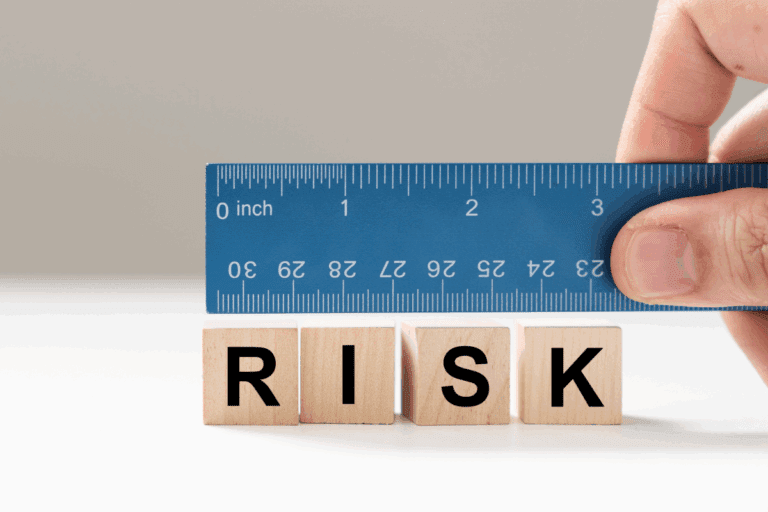
Hand Arm Vibration: HAVS Risk Assessment and Vibration Control
Effective risk assessments for vibration are essential to protect employees and ensure compliance with regulations. HAVSPRO provides precise data to identify risks, plan controls, and create accurate assessments that safeguard your business and workforce.
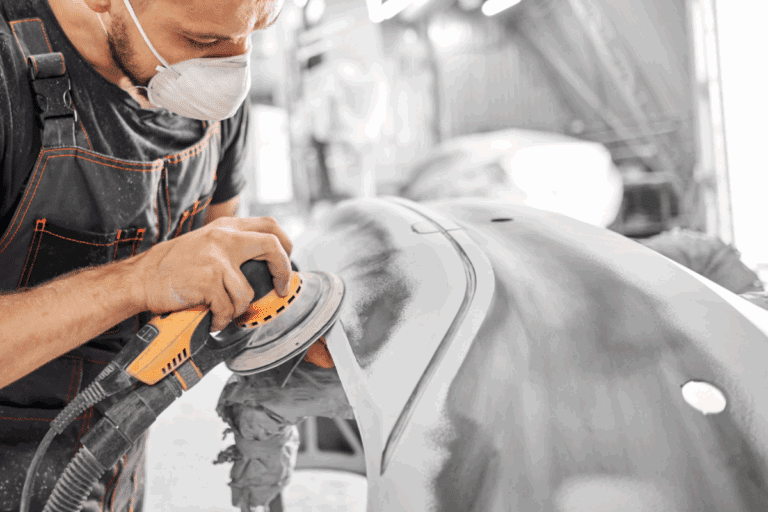
Another Employer Prosecuted – What the Rowes Garage Case Tells Us About Managing Vibration Risks
Another Employer Prosecuted – What the Rowes Garage Case Tells Us About Managing Vibration Risks
The recent HSE prosecution of Rowes Garage highlights the human and financial cost of poor vibration risk management. HAVSPRO by SIXIS Technology offers real-time, tool-mounted monitoring to prevent overexposure, support compliance with ELV and EAV limits, and protect workers before symptoms arise.
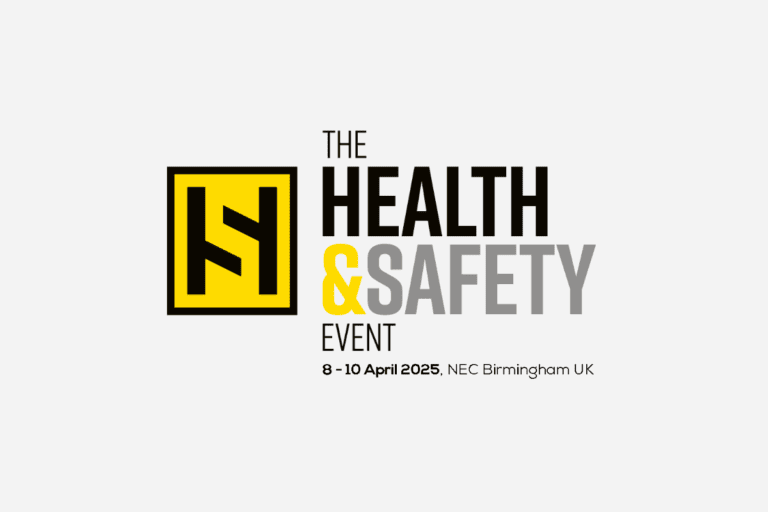
Discover the Leading HAVS Monitoring Solution – Visit SIXIS Technology at The Health and Safety Event 2025
Join SIXIS Technology at The Health and Safety Event 2025 to discover how our advanced HAVS monitoring solution, HAVSPRO, can help protect your workforce from the risks of Hand-Arm Vibration Syndrome (HAVS). Visit Stand 3/K70 to learn more about simplified compliance, real-time monitoring, and easy-to-use tools for vibration risk management.

